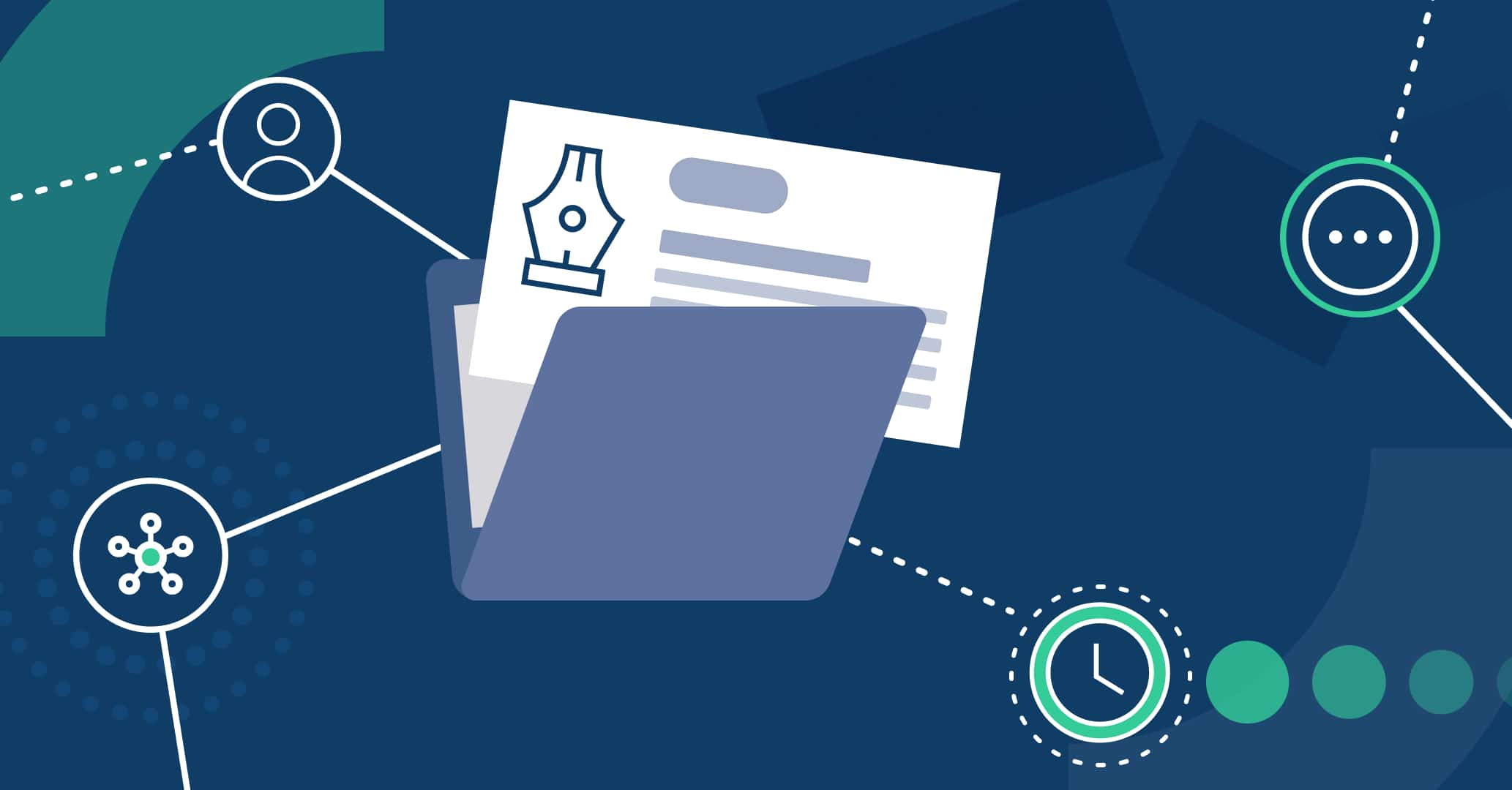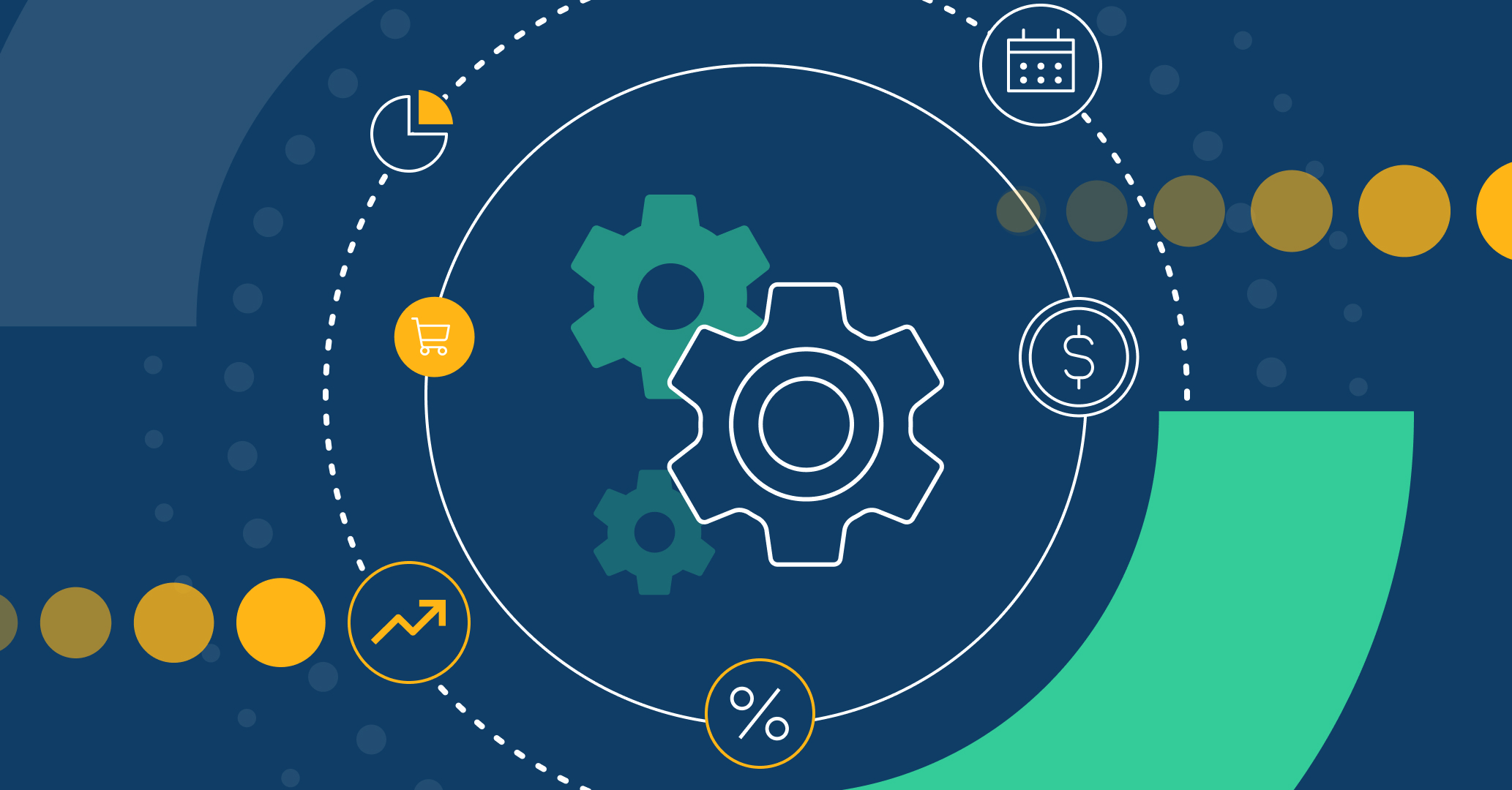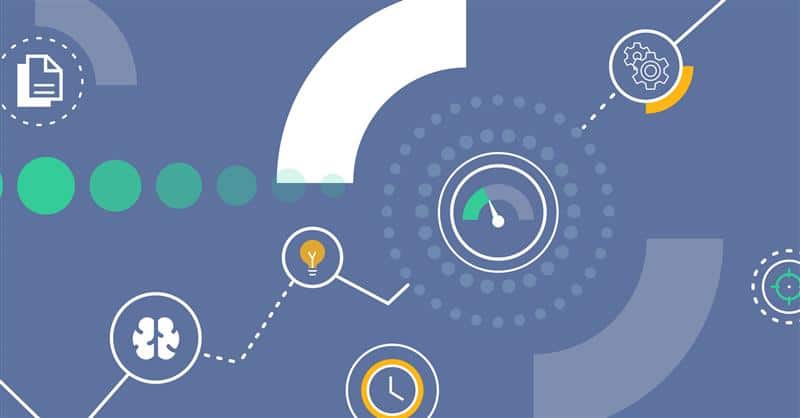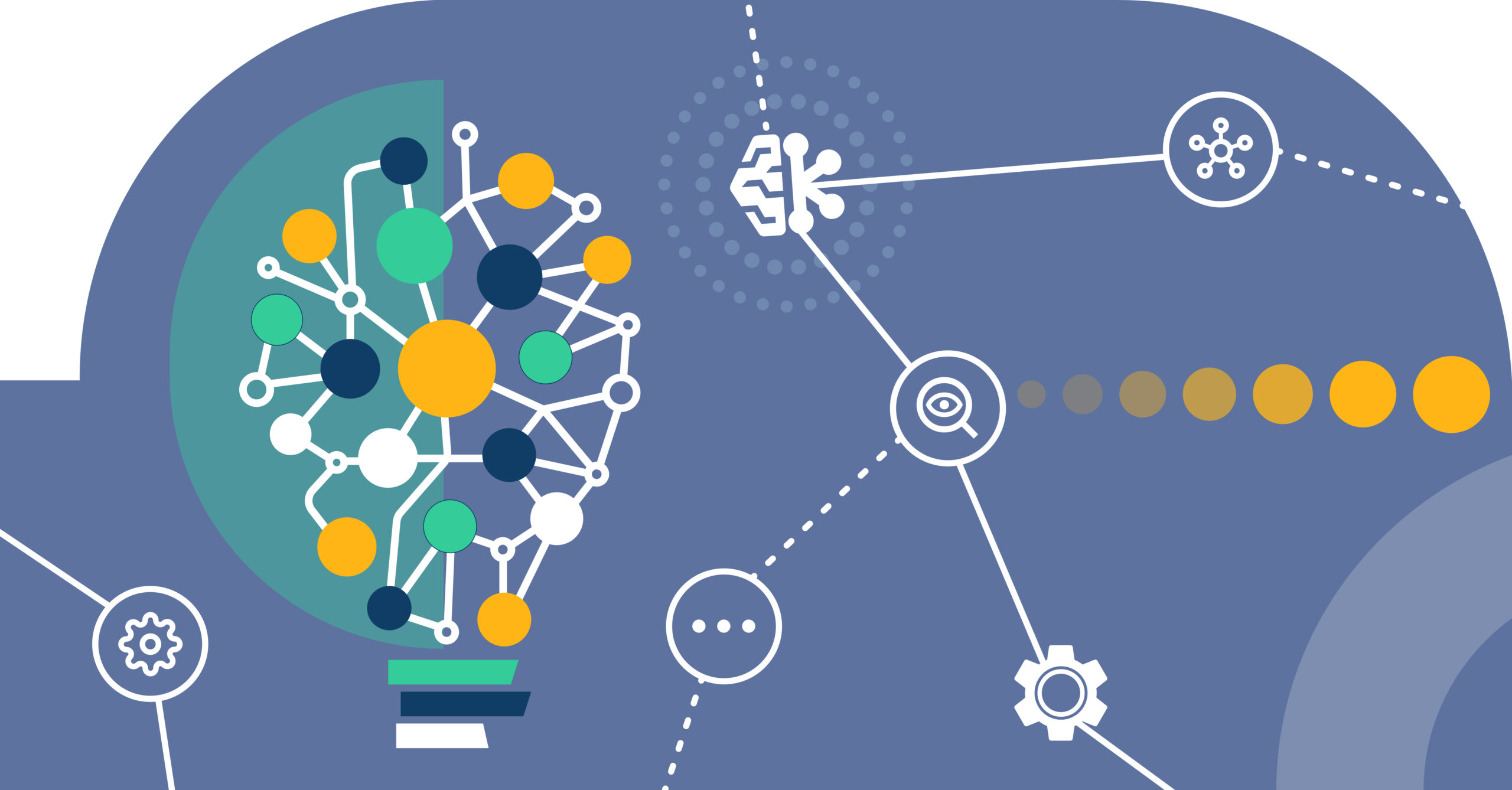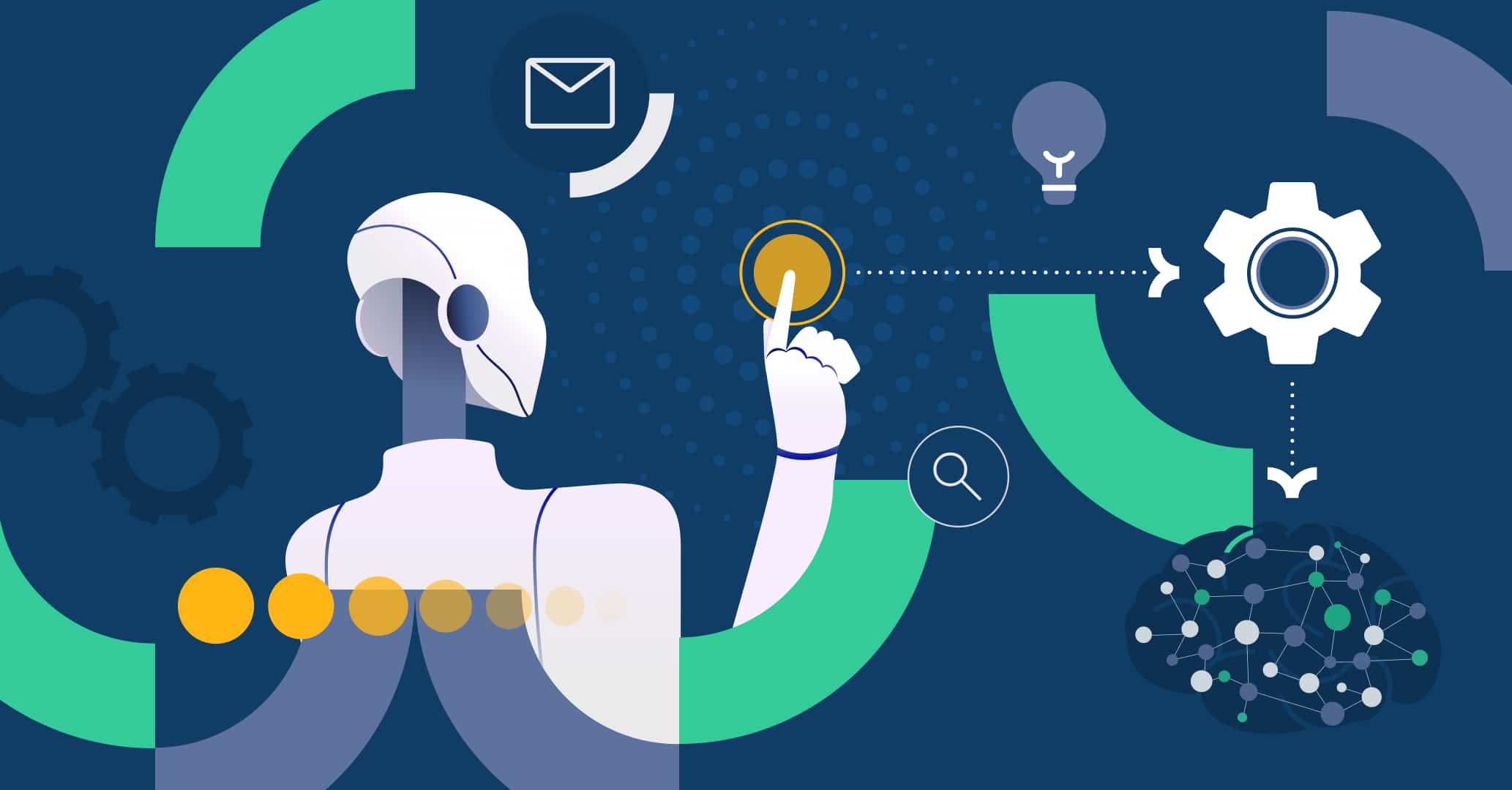- 1. Introduction
- 2. Fundamentals of the ISO 9001 Standard
-
3.
Structure of the ISO 9001 Standard
- 3.1. Clause 0: Introduction
- 3.2. Clause 1: Scope
- 3.3. Clause 2: Normative references
- 3.4. Clause 3: Terms and definitions
- 3.5. Clause 4: Context of the organization
- 3.6. Clause 5: Leadership and commitment
- 3.7. Clause 6: Planning
- 3.8. Clause 7: Support & resource management
- 3.9. Clause 8: Operational planning and control
- 3.10. Clause 9: Performance evaluation
- 3.11. Clause 10: Improvement actions
-
4.
How to implement ISO 9001
- 4.1. Step 1. Get senior Management Support
- 4.2. Step 2. Familiarize with ISO 9001 Standard and its requirements
- 4.3. Step 3. Perform a gap analysis
- 4.4. Step 4. Assign roles and responsibilities
- 4.5. Step 5. Set the scope and boundaries of QMS
- 4.6. Step 6. Documentation of QMS policies/processes
- 4.7. Step 7. Implementation of QMS Processes
- 4.8. Step 8. Monitor and measure performance
- 4.9. Step 9. Go for certification
- 4.10. Step 10. Continuous improvement of QMS
- 4.11. Important considerations during the ISO 9001 Implementation process
- 5. ISO 9001 audits and certification
- 6. Benefits of ISO 9001
- 7. Relationship between ISO 9001 and process management
- 8. Conclusion
Introduction
ISO 9001 is an international standard that presents the requirements for a quality management system (QMS). A QMS is a set of procedures, policies, and processes organizations follow to meet customers’ expectations and deliver consistent quality.
ISO 9001 provides a framework for quality management with a primary focus on meeting customer quality requirements and expectations. It is the most popular standard in the ISO 9000 series, certified by over one million organizations in over 160 countries.
ISO 9001 applies to almost any organization, no matter its type, size, or sector. Therefore, if your organization also aims to ensure compliance with ISO 9001 standards, this guide is for you.
Fundamentals of the ISO 9001 Standard
ISO 9001 offers a process-oriented approach to documenting and reviewing the procedures, structure, and responsibilities in an organization required to ensure quality management. So, let’s now dive deep into its key principles and requirements.
Key principles of ISO 9001
The ISO 9001 standard is based on seven key quality management principles that assist in implementing and maintaining a QMS. These seven principles are as follows:
- Customer Focus: The organization should ensure that quality management focuses on fulfilling and exceeding customer expectations by delivering more value, ensuring effective communication, and measuring customer satisfaction.
- Leadership: The higher management (leaders) of an organization should set and communicate clear missions, policies, processes, and strategies. They should build a quality culture and recognize/reward employees’ contributions.
- Commitment of People: The organization should make employees well-educated about their contribution to quality management. They should be empowered and engaged to emphasize and promote quality culture.
- Process-based Approach: The organization should manage its activities through a series of interrelated processes to deliver value to customers and other interested parties. This requires defining objectives clearly and creating formal processes.
- Evidence for Decision Making: The organization should emphasize evidence-based decision-making to assess the performance of processes better and maximize operational efficiency.
- Continuous Improvement: The organization should enforce a culture of continuous improvement to maintain competitiveness and customer satisfaction.
- Relationship with Interested Third Parties: The organization must manage the relationship with third parties effectively to optimize its performance and create value for all.
Basic requirements of the ISO 9001 Standard
The basic requirements of the ISO 9001 standard revolve around establishing, monitoring, and improving the quality management system (QMS). So, the basic requirements of the standard can be briefed in the below points:
- Properly understand the ISO 9001 standard by the senior management, employees, and concerned parties.
- Determine internal/external factors and the needs/expectations of interested parties related to QMS.
- Perform a gap analysis between the organization’s existing QMS and the ISO 9001 standard.
- Set the scope and boundaries of QMS.
- Documenting processes and procedures.
- Ensure adequate resources (infrastructure, human, financial).
- Implement QMS processes.
- Monitor and measure performance.
- Continual improvement.
These basic requirements are the main building blocks for compliance with the ISO 9001 standard and effective QMS.
Structure of the ISO 9001 Standard
The structure of the ISO 9001 standard is based on the process approach, which implies that the organization should manage its activities through a series of interrelated processes.
It comprises 10 sections (clauses) and follows a Plan-Do-Check-Act (PDCA) cycle to ensure continual improvement. The first three clauses (0-3) are introductory, while the remaining seven specify the requirements of the QMS.
Below is a quick overview of all the sections (clauses) that make up the ISO 9001 standard:
Clause 0: Introduction
It presents the principles of QMS, its implementation advantages, risk-based thinking, process approach, and the Plan-Do-Check-Act (PDCA) cycle.
Clause 1: Scope
It presents the objectives (fundamental goals) of QMS in general.
Clause 2: Normative references
It presents the terms and references used in the standard.
Clause 3: Terms and definitions
It presents the essential concepts, phrases, and terminology used in the standard.
Clause 4: Context of the organization
It requires the organization to determine internal/external factors and the needs/expectations of interested parties related to QMS. It also requires the organization to determine the scope and boundaries of its QMS.
Clause 5: Leadership and commitment
It presents the requirements for top management of the organization. It requires the top management to develop quality policies, set responsibilities and authorities, and promote a customer-focused culture.
Clause 6: Planning
It requires the organization to plan the actions to handle risks and opportunities associated with QMS.
Clause 7: Support & resource management
It requires the organization to determine and provide all the required resources for QMS, such as infrastructure, human resources, work environment, necessary organizational knowledge, etc.
Clause 8: Operational planning and control
It necessitates the establishment of a quality management system within the company. Entails organizing, creating, and putting into action the procedures for its goods and services. It also entails following external procedures’ quality requirements. Controlling nonconforming outputs and taking the necessary steps are also necessary.
Clause 9: Performance evaluation
It requires the organization to monitor, evaluate, and analyze the performance of QMS using data or appropriate tools and identify opportunities for improvement.
Clause 10: Improvement actions
It requires the organization to improve its QMS by mitigating risks, benefiting opportunities, and improving customer satisfaction.
All the above clauses make up the structure of the ISO 9001 standard. For organizations to ensure compliance with ISO 9001, they must fulfill the requirements mentioned under clauses 4-10.
How to implement ISO 9001
The implementation of ISO 9001 involves a series of steps, as follows:
Step 1. Get senior Management Support
ISO 9001 implementation is only possible if the organization’s senior management shows commitment and support. So, the first step is to involve the senior management. They must understand the benefits of ISO 9001 and provide the required resources.
Step 2. Familiarize with ISO 9001 Standard and its requirements
The next step is for implementers to properly understand the ISO 9001 standard. They must understand its structure, principles, clauses, and requirements specific to their organization.
Step 3. Perform a gap analysis
After a thorough understanding, the next step is to perform the gap analysis. This involves identifying the gaps between the ISO 9001 requirements and the organization’s existing practices.
This step also involves getting customer and supplier feedback on the current quality management. You can get their feedback using surveys, reviews, audits, interviews, etc.
Step 4. Assign roles and responsibilities
Now, it is time to create a dedicated implementation team. The team should be cross-functional, involving members from different departments that are linked with quality management. There should be a team leader, and the roles and responsibilities should be assigned properly. After this step, the team will be responsible for planning, executing, monitoring, and reviewing the implementation process.
Step 5. Set the scope and boundaries of QMS
The team should now define the scope and boundaries of QMS. It should identify internal/external quality issues to tackle, review the products/services and the processes involved, and specify the extent and limits of QMS.
Step 6. Documentation of QMS policies/processes
Before implementation of QMS, the team should document the QMS objectives, policies, and processes. The documentation should incorporate all the minor to major details of QMS, including scope/boundaries, quality policy, objectives, etc.
Step 7. Implementation of QMS Processes
This is the crucial step, as the organization is going to implement the QMS based on the plans, policies, and objectives specified in the documentation. The implementation should be across all departments and processes that are linked to quality management.
Step 8. Monitor and measure performance
The team should regularly monitor and measure the performance of QMS to ensure it remains effective. For that, the team can set key performance indicators (KPIs) and metrics and evaluate the performance accordingly.
Step 9. Go for certification
Once the QMS has remained operational for 3-6 months, the organization can begin the ISO 9001 certification process. So, the accredited auditor will evaluate the QMS. If everything is in accordance with the ISO 9001 standard, your organization will be granted the certification (more on this is explained later).
Step 10. Continuous improvement of QMS
QMS requires continuous improvements due to changing customer requirements, technological advancements, and market conditions. Therefore, the last step, and the recurring one, is to ensure continuous improvement of QMS.
Important considerations during the ISO 9001 Implementation process
ISO 9001 implementation requires commitment and focus from all the departments within an organization to ensure compliance. Other than following the steps discussed above, below are a few important considerations to know during the implementation process:
- ISO 9001 implementation is not a one-time thing. It is a continuous process that needs regular review and upgrades to remain effective with the changing conditions.
- ISO 9001 is an adaptable framework that an organization can customize based on its specific needs. The standard serves more as a guide to set up an effective quality management system.
- ISO 9001 implementation requires everyone’s participation, from higher management and employees to external parties.
- ISO 9001 success is only possible if the organization fosters a quality and customer-focused culture.
- ISO 9001 implementation is not a cost but an investment that can lead to significant ROI and enhanced organizational performance and efficiency.
Overall, think of ISO 9001 as an opportunity for an organization to improve its efficiency and competitiveness, powered through customer satisfaction and brand reputation.
ISO 9001 audits and certification
To get the ISO 9001 compliance certificate, you must get your organization’s system audited by an independent organization, which requires a visit of an auditor to your organization.
The ISO 9001 audit and certification process can be laid down in five steps as follows:
Stage 1 audit
The ISO 9001 audit process begins with the Stage 1 Audit. It involves two main purposes, i.e., you have the quality management system in place that is ready for audit. Secondly, it helps the audit body validate the scope of activity and plan the Stage 2 Audit accordingly. Simply put, the State 1 ISO 9001 audit is a desktop review of QMS.
Stage 2 audit
The next step is the Stage 2 Audit. It begins with a quick audit of documentation, and then it focuses on auditing the operational aspects of the organization. In this step, the auditor will do a thorough assessment of the organization’s QMS. The auditor will also interact with the team to evaluate their understanding of ISO 9001 policies.
Receive certificate
If the Stage 2 Audit is completed successfully, the auditor will recommend your organization for certification of ISO 9001. The recommendation report is sent to the Certification Body, where the CB Technical Committee will inspect the report and ensure all the checks are made. The approval may take 2-12 weeks.
Surveillance audits
The fourth step is the Surveillance Audit, which inspects the updates on the QMS. It can be carried out after 9 or 12 months, depending on the Certification Body.
Recertification audits
The last step in the ISO 9001 audit process is the Recertification Audit, which performs a longer system view and inspects what the organization has progressed during the three years of operating under the ISO 9001 QMS.
If the audit is successful, the certification is re-issued for the next three years, while the Surveillance Audit will begin again. In short, the last two steps of the ISO 9001 audit process will be recurring to retain the certification.
Benefits of ISO 9001
Getting ISO 9001 certification brings many benefits to an organization. The key benefits include:
- Higher customer satisfaction
- Consistent product/service quality
- Integration of internal procedures and policies
- Streamlined business processes
- Improved company reputation
- Customer focus processes
- Continuous improvement culture
In short, the ISO 9001 standard provides a framework for an organization to enforce an ever-improving quality management system and achieve operational efficiency.
Relationship between ISO 9001 and process management
Process management is a management approach that emphasizes identifying, modeling, executing, monitoring, and improving processes within an organization. Simply put, it aims to optimize the performance of the processes by increasing efficiency, eliminating waste, and enhancing customer satisfaction.
The relationship between ISO 9001 and process management is that they both are deeply intertwined. ISO 9001 acts as a framework that assists in aligning the goals and principles of process management. It provides a structured approach to quality management, which necessitates the importance of well-defined processes within an organization.
On the other hand, process management provides the methodology to maintain compliance with the requirements of the ISO 9001 standard. Therefore, combining the ISO 9001 standard with process management approaches leads to improved customer satisfaction, quality consistency, better compliance, and continuous improvement.
Conclusion
The ISO 9001 standard serves as a fundamental pillar for steering structured quality management. A successful implementation of this standard not only ensures process consistency but also fosters continuous improvement and a dedicated commitment to customer satisfaction. Consequently, obtaining ISO 9001 certification stands as a crucial recommendation for organizations aiming to enhance their Quality Management System and reach a higher level of operational excellence.


